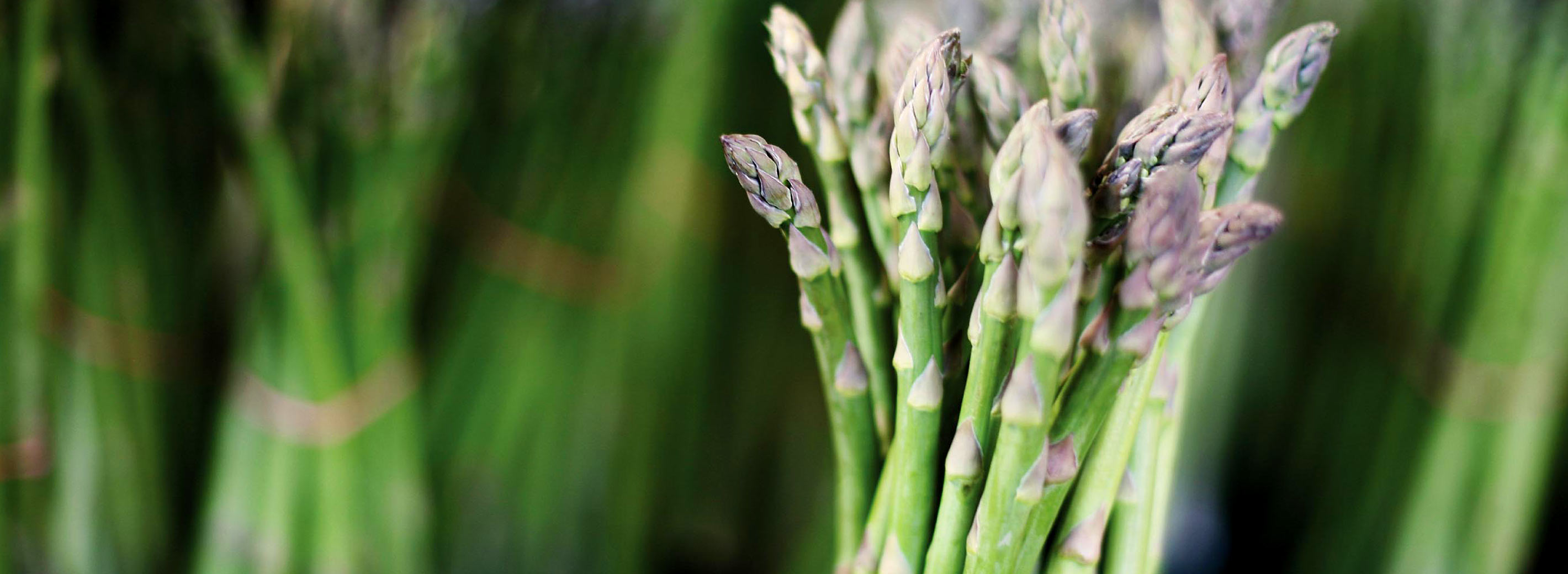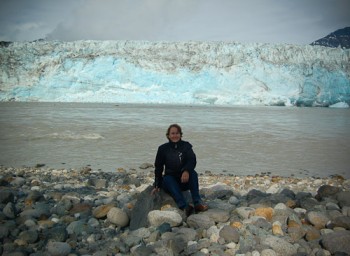The Eat Local Challenge has become one of my favorite celebrations each year. While many of our usual holidays come with prescribed dishes, such as turkey and stuffing for Thanksgiving, brisket and matzoh ball soup for Passover, and cookies topped with red and green sprinkles for Christmas, the Eat Local Challenge menu is always different — year to year, chef to chef, and region by region. The challenge is to create an whole menu where every ingredient (except for salt) comes from within 150 miles. While this is no easy task, I also find the challenge to be encouraging. Whether a chef or an eater, it encourages everyone to explore unusual flavors – found on our local farm and range lands and in our forests, lakes, and oceans, to learn about new producers, and tap into our inner creative spirit.

Blog: seafood
+ Blog Categories

From Frigid Fjord to Fork: Adventures in Alaskan Seafood
- Blog
Helene York, Bon Appétit’s director of strategic initiatives, recently visited Alaska, where she was speaking at Global Food Alaska’s biennial summit of producers from all parts of the food supply chain. Being Helene, she turned the trip into a jam-packed opportunity to learn all she could about the Alaskan seafood industry.
Saving our Seafood and the Climate: How We Can Make a Difference
- Blog
In my last vlog, I talked about a few food issues that stand out to me as some of the bigger challenges we face. In this vlog, I talk about two of those issues—the depletion of wild seafood and climate change—and give suggestions of what we as consumers can do to make a difference.
What I Didn’t Know About My Food
- Blog
Most of my work for Bon Appétit this past month and a half has been research-oriented. Since I’m going to be working with farmers and speaking to students about issues of food sustainability, I need to understand the issues themselves well. Here are a few facts I’ve learned thus far… More to come in my next vlog!
Attention Sushi Lovers
- Blog
A reporter I worked with once complained that, whenever he did a story about food, there was always something “new” he wasn’t supposed to eat. With the launch of sustainable sushi pocket guides this month, sushi is now coming under serious scrutiny. Suddenly, there are “new” items on the conscientious eater’s list to avoid. The problem with sushi is that most, by volume, is limited to shrimp, tuna, salmon and eel. You might think twice about eating salmon sushi if you know there’s no such thing as sustainably-raised farmed salmon (most salmon, sake, and its roe, ikura, is farmed salmon). And rare is a sushi meal without tuna of some kind. Half of the sushi vendors we surveyed recently were using a sustainable form of tuna; the other fifty percent were not. If you use the sushi guides, they can […]
